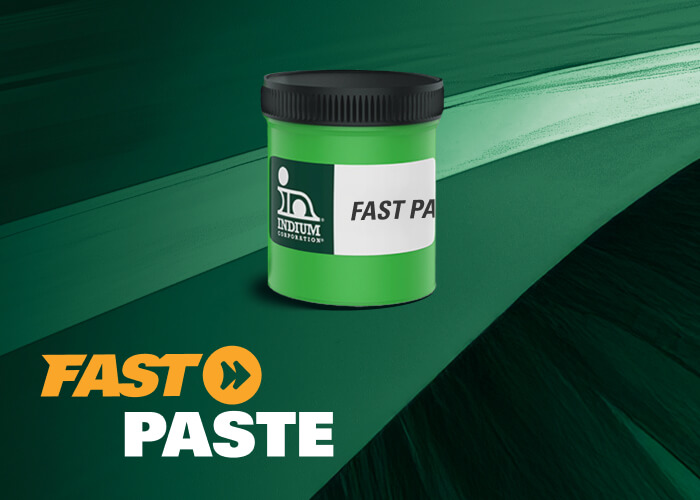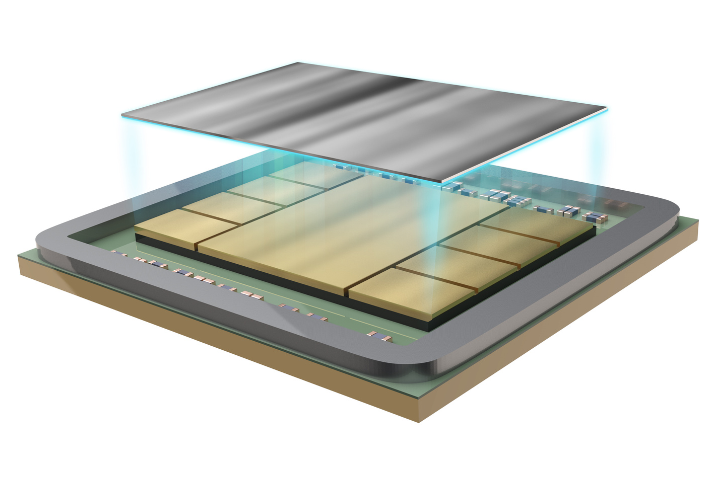After discussing flux removal (which is usually a precursor to underfilling) it is only natural to discuss capillary underfilling. Low bump standoffs cause problems with water soluble cleaning, and similarly make capillary underfills difficult to use under standard conditions. Some capillary underfill manufacturers may have alternative materials for the tightest applications, so double-check that you are using the best possible material. Even though it may be tempting to crank up the underside or nozzle heat, stick to the underfills specified ranges. You can check the flow characteristics of an underfilled flip chip by CSAM or dye-n-pry methods. Poor underfill flow will result in air pockets around the solder bumps after cure.
Surface Tension Affects Capillary Underfills
Indium Corporation Blogging Team
Indium Corporation Blogging Team
Our blogging team includes engineers, researchers, product specialists, and industry leaders. We share expertise in solder materials, electronics assembly, thermal management, and advanced manufacturing. Our blog offers insights, technical knowledge, and solutions to inspire professionals, showcasing product innovations, trends, and best practices to help readers excel in a competitive industry.



